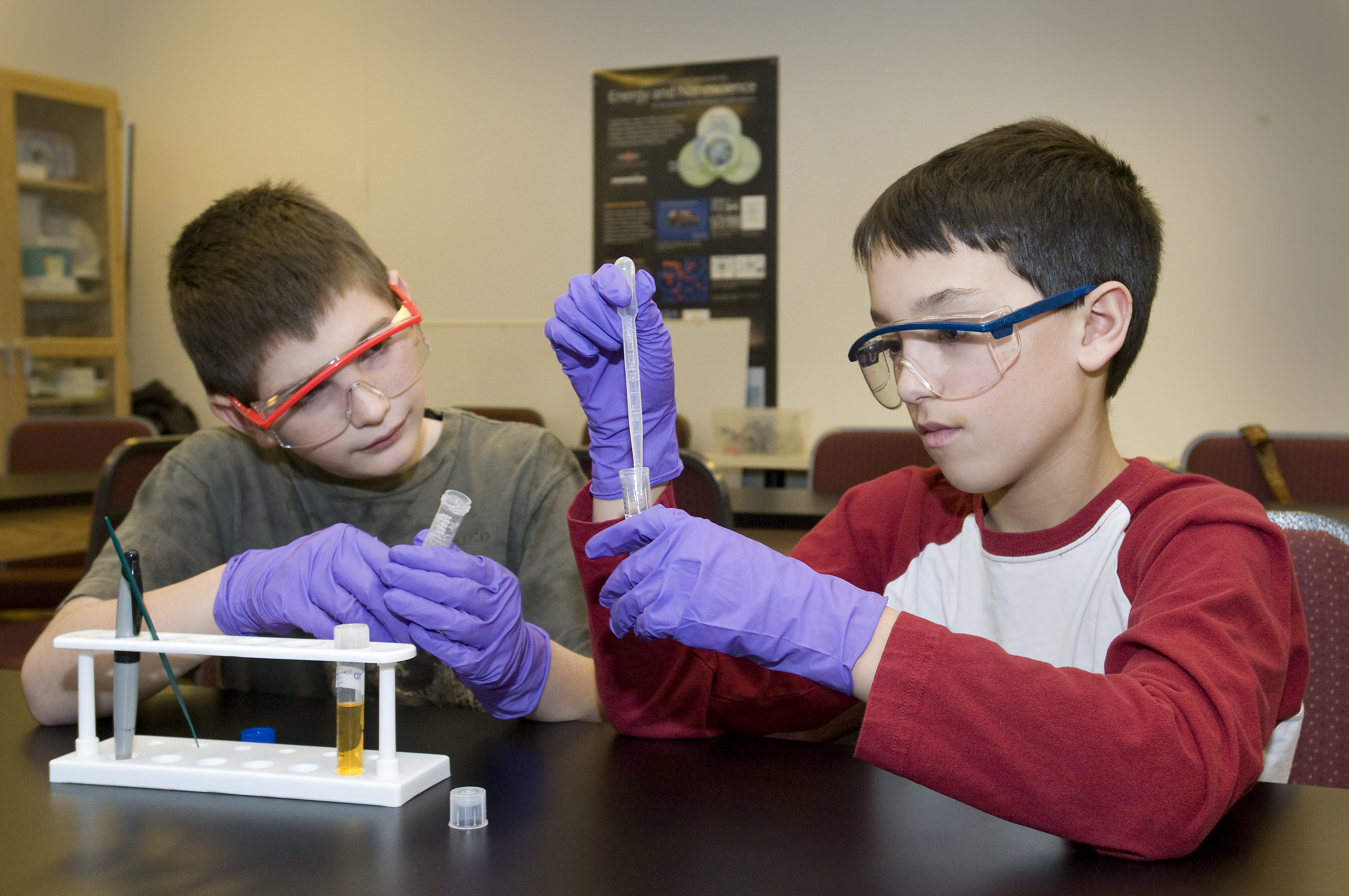DNA Extraction

Students learn how DNA — the genetic material in living organisms — determines traits. Through hands-on lab techniques such as precipitation and spooling, students will extract real DNA from cells to understand the differences between prokaryotic and eukaryotic cells, gaining a deeper understanding of what makes organisms unique.
Vocabulary: DNA, extraction, genes, lipids, precipitate
| Session Information |
|---|
|
To request field trip dates, visit https://oepreg.bnl.gov/.
To explore programs listed in the ESBOCES Exploratory Enrichment catalog and to submit a BOCES contract request, please visit BOCES EE – Brookhaven Lab
NYS Learning Standards
New York State Science Learning Standards
| Disciplinary Core Ideas | Crosscutting Concepts | Science and Engineering Practices |
|---|---|---|
|
LS1.A: Structure and Function LS1.B: Growth and Development of Organisms LS3.A: Inheritance of Traits LS3.B: Variation of Traits |
Structure and Function Scale, Proportion, and Quantity |
N/A |
Next Generation English Language Arts Learning Standards
| Speaking and Listening | Language |
|---|---|
|
Comprehension and Collaboration |
Vocabulary Acquisition and Use |
Intermediate Science Core
|
Process Skills |
Major Understandings |
|---|---|
|
Standard 4, 1 Follow safety procedures in the classroom and laboratory. Standard 1, S2.1a Demonstrate appropriate safety techniques. Standard 1, S2.1b Conduct an experiment design by others. Standard 1, S2.1d Use appropriate and conventional techniques to solve problems about the natural world, including: measuring, observing, and describing. |
1.1a Living things are composed of cells. Cells provide structure and carry on major functions to sustain life. Cells are usually microscopic in size. 1.1c Most cells have cell membranes, genetic material, and cytoplasm. Some cells have a cell wall and/or chloroplasts. Many cells have a nucleus. 2.1a Hereditary information in contained in genes. Genes are composed of DNA that makes up the chromosomes of cells. 2.1b Each gene carries a single unit of information. A single inherited trait of an individual can be determined by one pair or by many pairs of genes. A human cell contains thousands of different genes. 2.1c Each human cell contains a copy of all the genes needed to produce a human being. 2.1e In sexual reproduction typically half of the genes come from each parent. Sexually produced offspring are not identical to either parent. 2.2a In all organisms, genetic traits are passed down from generation to generation. |





